The Endless Plain

Friday, March 15, 2013: Chajnantor Plateau stands at an altitude of 16,000 feet (5000 meters) in the Chilean Andes, home of the array of ALMA telescope antennas. The large antennas span a diameter of 40 feet (12 meters), while 12 smaller antennas with a diameter of 23 feet (7 meters) make up the ALMA Compact Array (ACA). On the horizon, stand the peaks of (right to left) Cerro Chajnantor, Cerro Toco and Juriques. This photo was taken in December 2012, four months prior to the ALMA inauguration on March 13, 2013.
— Tom Chao
The Galaxy With the Hole in the Middle
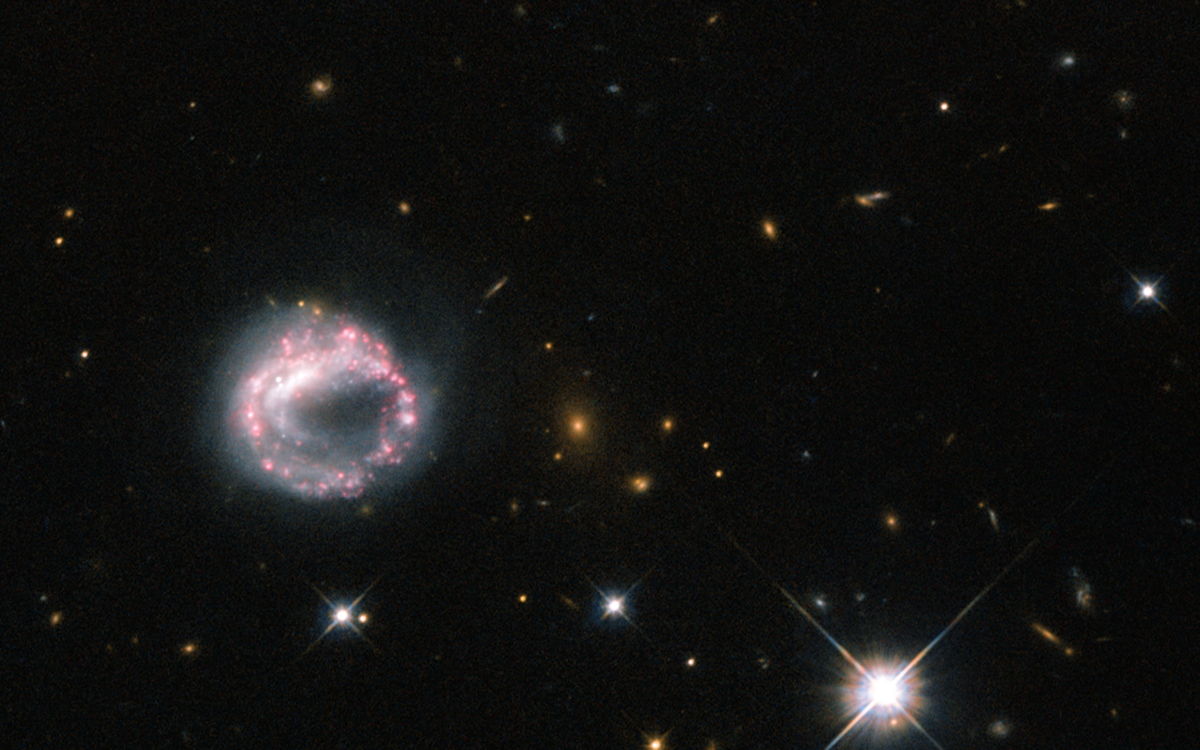
Monday, March 18, 2013: Galaxy Zw II 28 possesses a mysterious ring shape. Researchers believe ring galaxies form when one galaxy slices through the disc of another, larger, one, though without much destruction as might be expected, as galaxies mostly contain empty space. This disruption should redistribute the material in both galaxies to form a dense central core, encircled by bright stars, iintensely forming new stars in the outer ring. The pink and purple loop of Zw II 28 does not represent a typical ring galaxy due to its lack of a visible central companion. However, a companion may lurk just inside the ring. Image released March 11, 2013.
— Tom Chao
Bright Lights, Big Comet
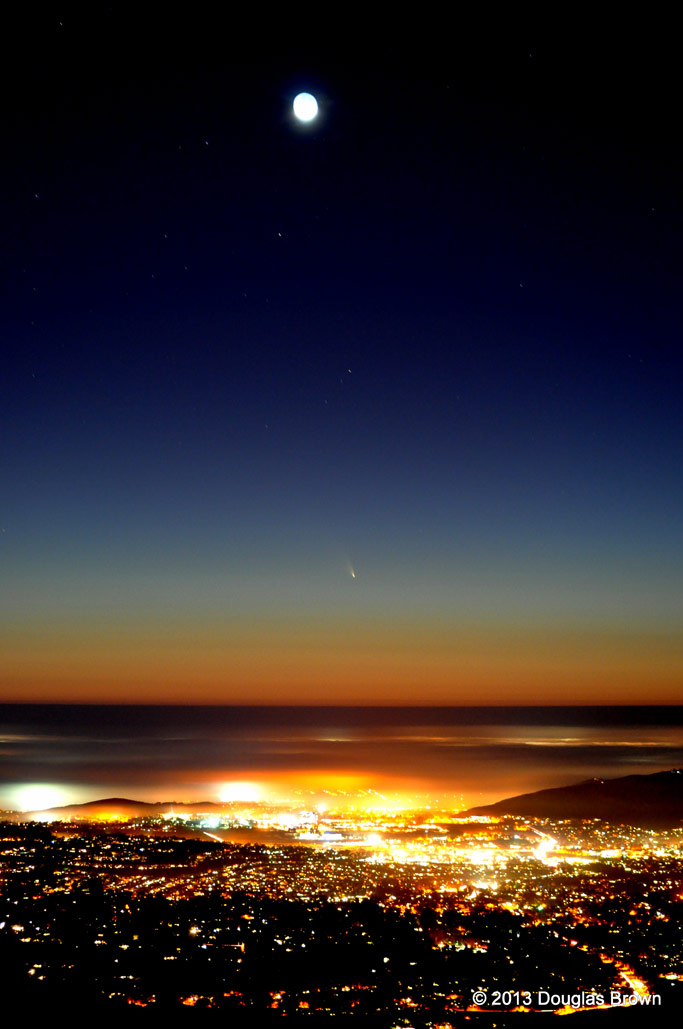
Tuesday, March 19, 2013: Astrophotographer Douglas S. Brown sent in a photo of Comet Pan-STARRS taken on March 13, 2013, from Mt. Woodson, just east of San Diego, shooting over the Pacific Ocean. [See full gallery.]
— Tom Chao
When You're in the Milky Way
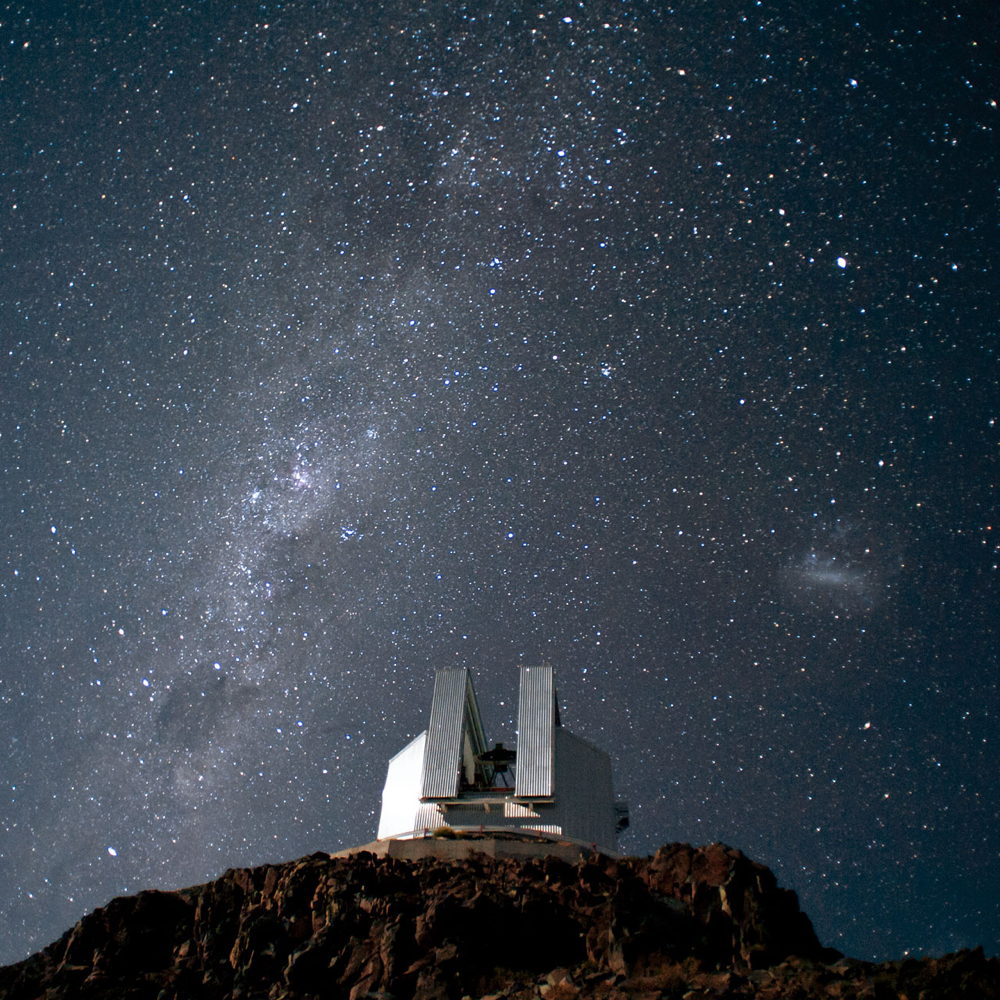
Wednesday, March 20, 2013: The 3.58-meter New Technology Telescope (NTT), located at ESO’s La Silla Observatory in Chile, stands against the southern sky. The Milky Way appears as a hazy stripe across the sky. Also, the Large Magellanic Cloud appears to the right of the telescope.
— Tom Chao
Mimas & Saturn
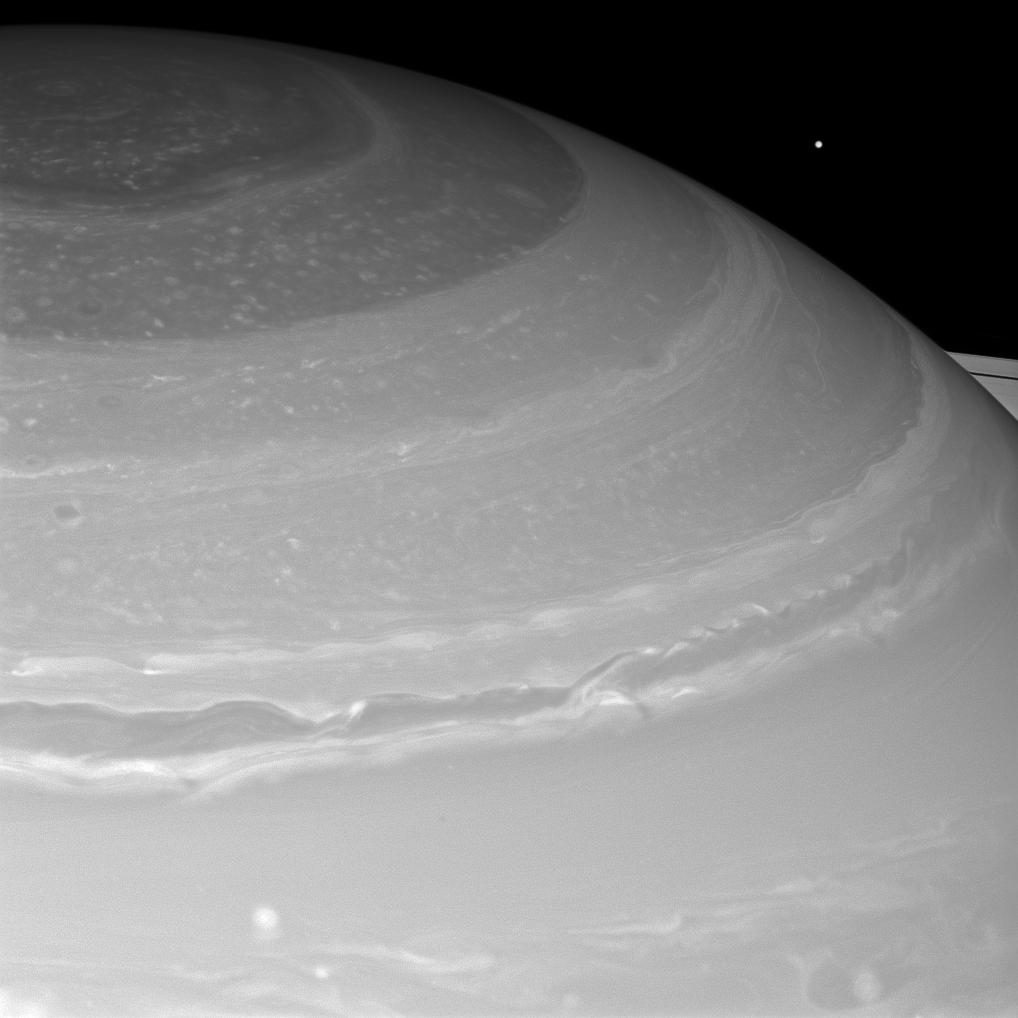
Thursday, March 21, 2013: Saturn and its north polar hexagon appear to dwarf Saturn’s moon Mimas, floating over the planet's limb. Saturn's A ring also appears on the far right. Mimas stretches 246 miles (396 kilometers) across. Cassini spacecraft took the image on Nov. 28, 2012.
— Tom Chao
Twist and Crawl
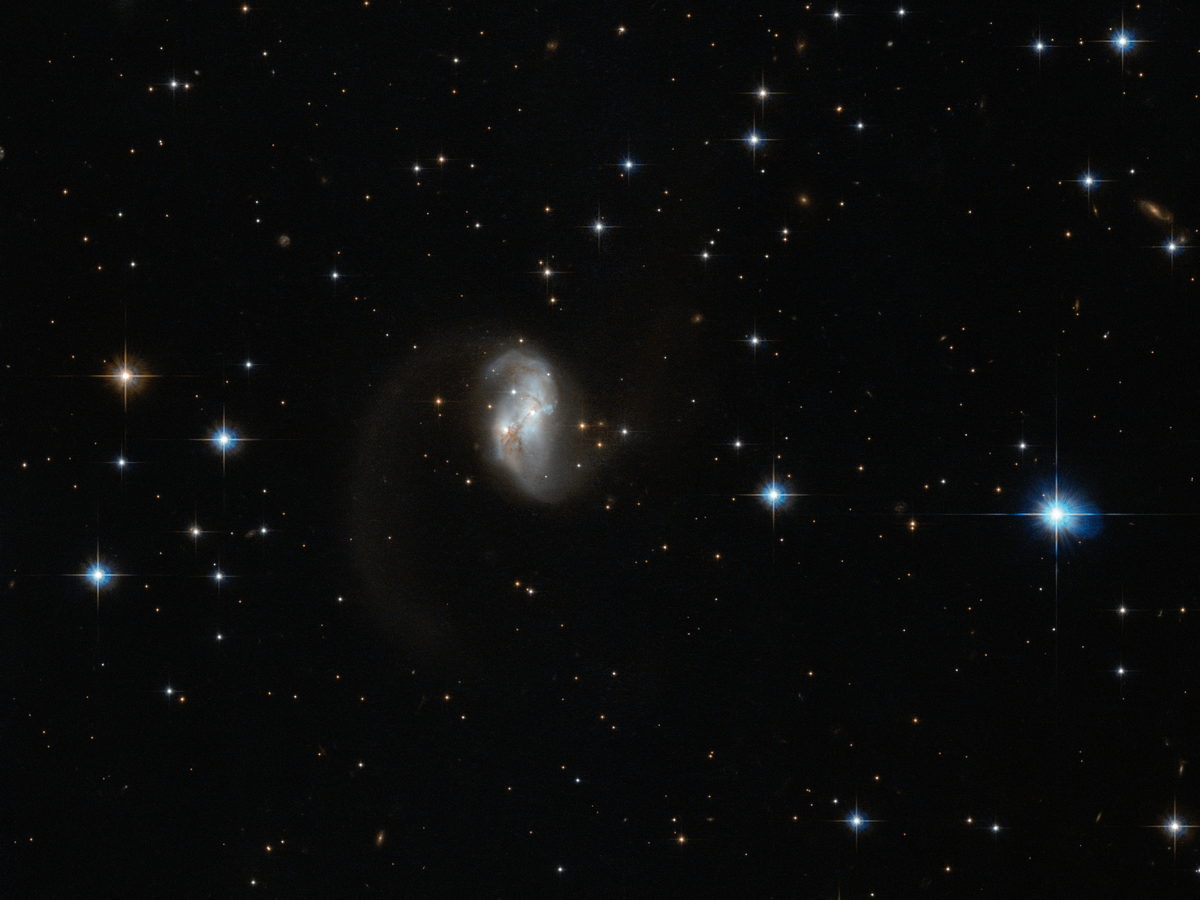
Friday, March 22, 2013: The Hubble Space Telescope captured galaxy IRAS 23436+5257, which lies in the northern constellation of Cassiopeia. The twisted, worm-like structure of this galaxy most likely resulted from a collision and subsequent merger of two galaxies.
— Tom Chao
Get Down
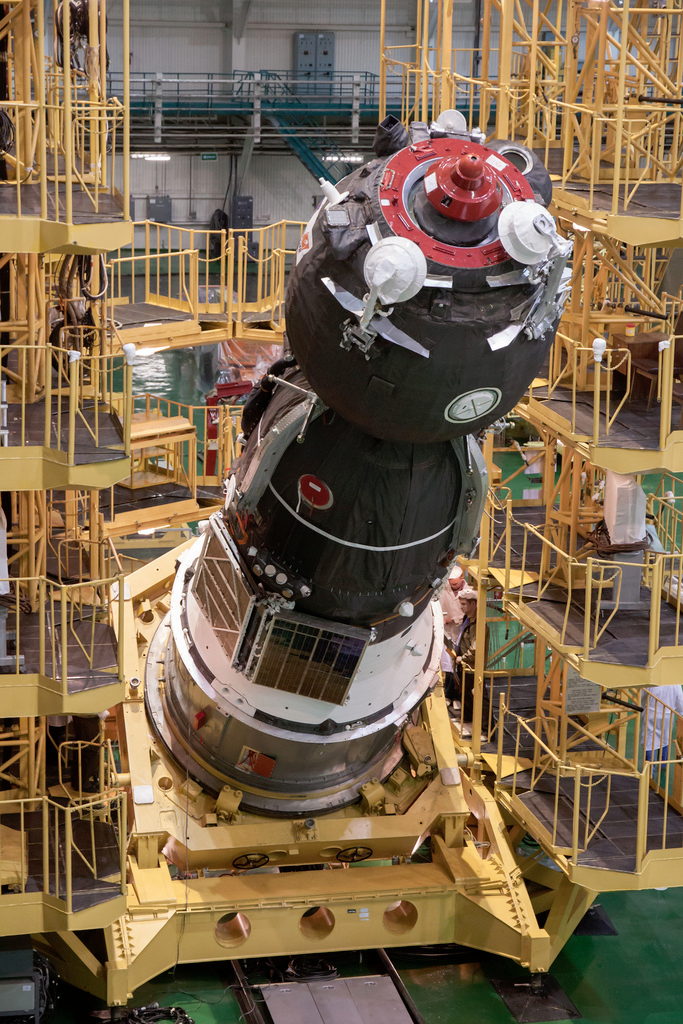
Monday, March 25, 2013: The Soyuz TMA-08M spacecraft lowers into place March 22, 2013, during encapsulation into the third stage of a Soyuz booster rocket, at the Integration Facility of the Baikonur Cosmodrome in Kazakhstan. Soyuz will launch March 29 (Kazakh time), carrying Expedition 35/36 Flight Engineer Chris Cassidy of NASA, Soyuz Commander Pavel Vinogradov and Flight Engineer Alexander Misurkin to the International Space Station for a 5-½ month mission.
— Tom Chao
Get the Space.com Newsletter
Breaking space news, the latest updates on rocket launches, skywatching events and more!
Colors of the (Solar) Wind
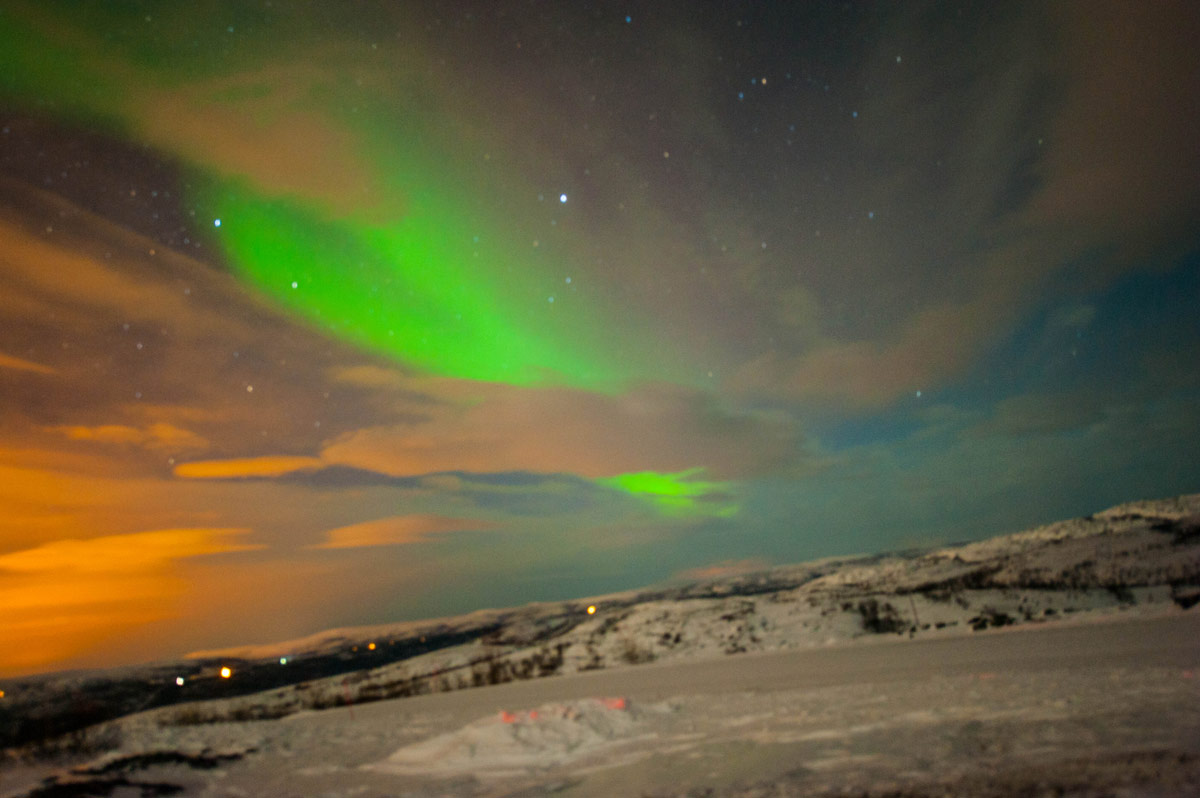
Tuesday, March 26, 2013: Astrophotographer Sanjiv Modi sent in a photo of an aurora taken in Alta, Norway, on March 18-19, 2013. [See gallery:
Don’t Get Me Wrong
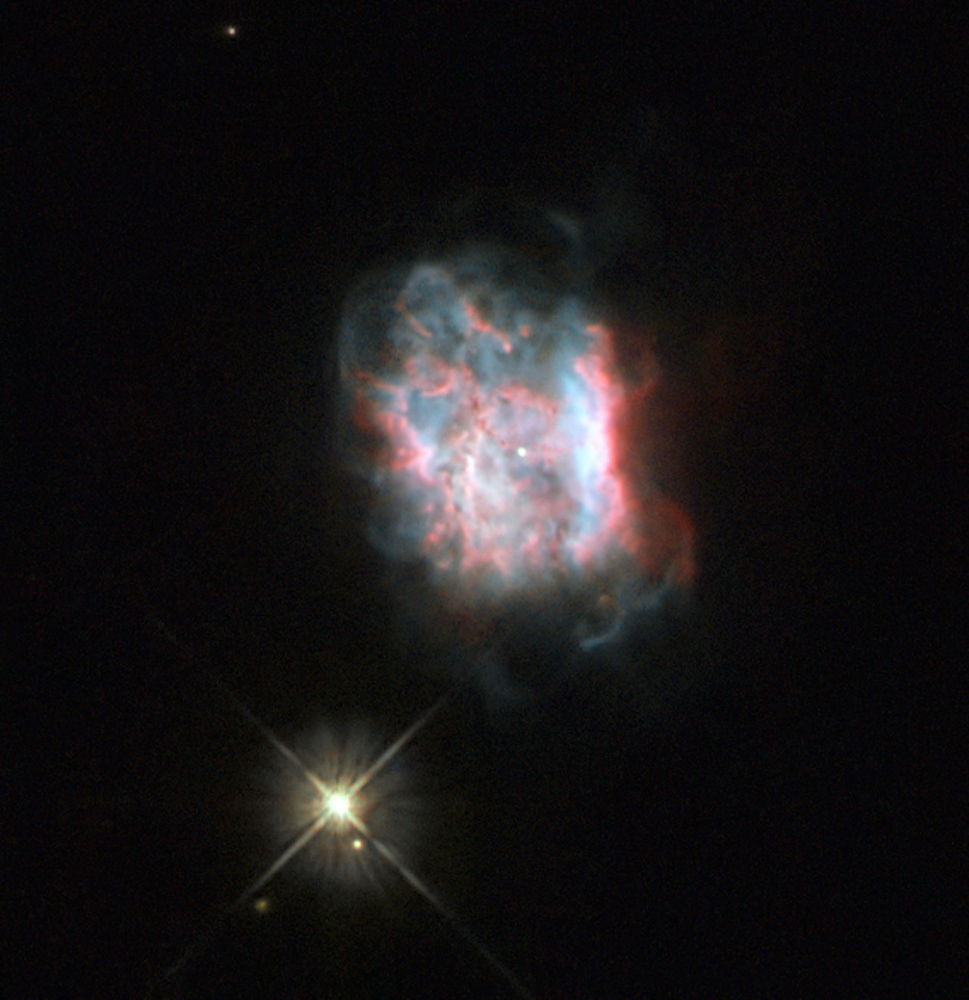
Wednesday, March 27, 2013: Jonckheere 900 or J 900, a planetary nebula, consists of glowing shells of ionized gas pushed out by a dying star. Astronomer Robert Jonckheere discovered the dusty nebula in the early 1900s. J 900 is small but fairly bright. J 900’s nearby companion star, in the constellation of Gemini, often causes problems for observers because under poor viewing conditions it appears to merge into J 900, giving it an elongated appearance. Astronomers have also mistaken these two objects for a double star.
— Tom Chao
I'm All Lost
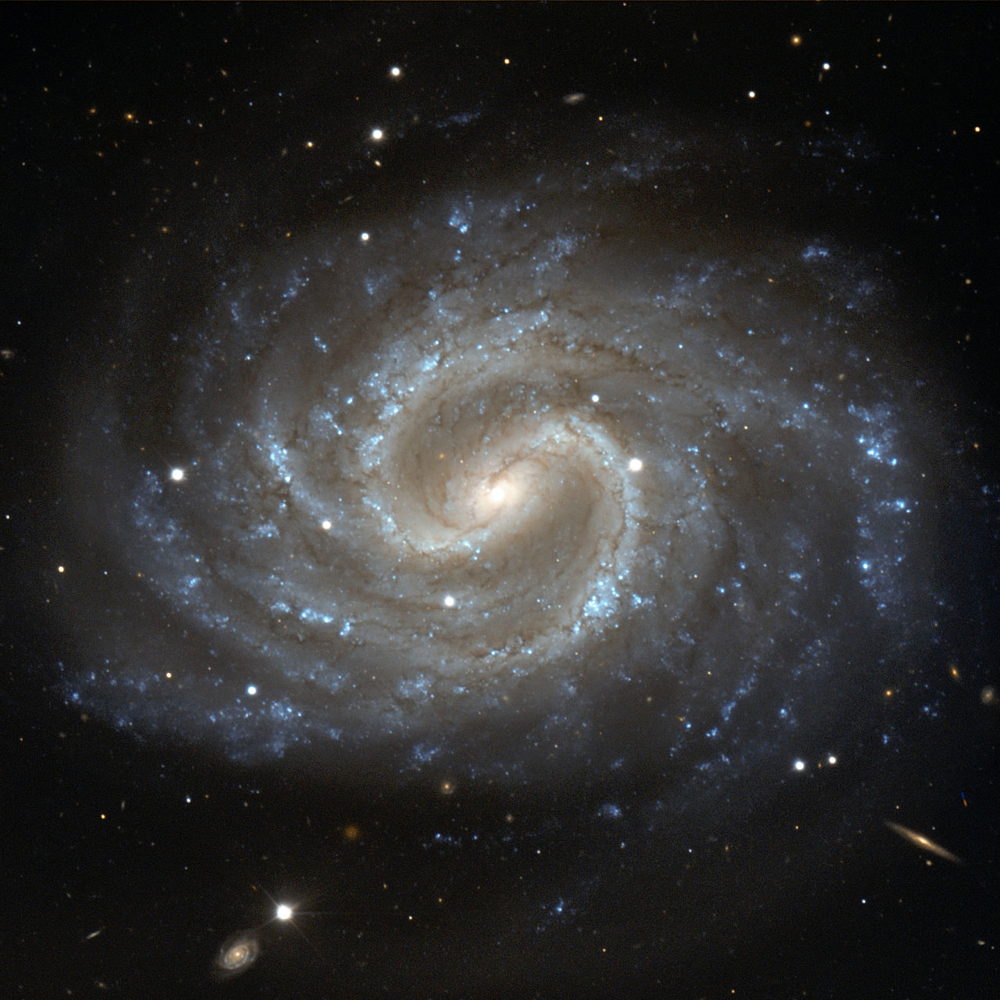
Thursday, March 28, 2013: Galaxy NGC 4535 lies in the constellation of Virgo (The Maiden), backdropped by many distant faint galaxies. We observe the galaxy nearly face-on, clearly seeing the well-defined bar structure, with dust lanes that curve drastically before the spiral arms break from the ends of the bar. Hot young stars glow blue in the spiral arms, contrasting with the older. cooler, yellow stars in the central bulge. William Herschel first observed the galaxy in 1785. NGC 4535 has a hazy, ghostly appearance in smaller amateur telescopes, inspiring the prominent amateur astronomer Leland S. Copeland to name it “The Lost Galaxy” in the 1950s.
— Tom Chao
Join our Space Forums to keep talking space on the latest missions, night sky and more! And if you have a news tip, correction or comment, let us know at: community@space.com.










